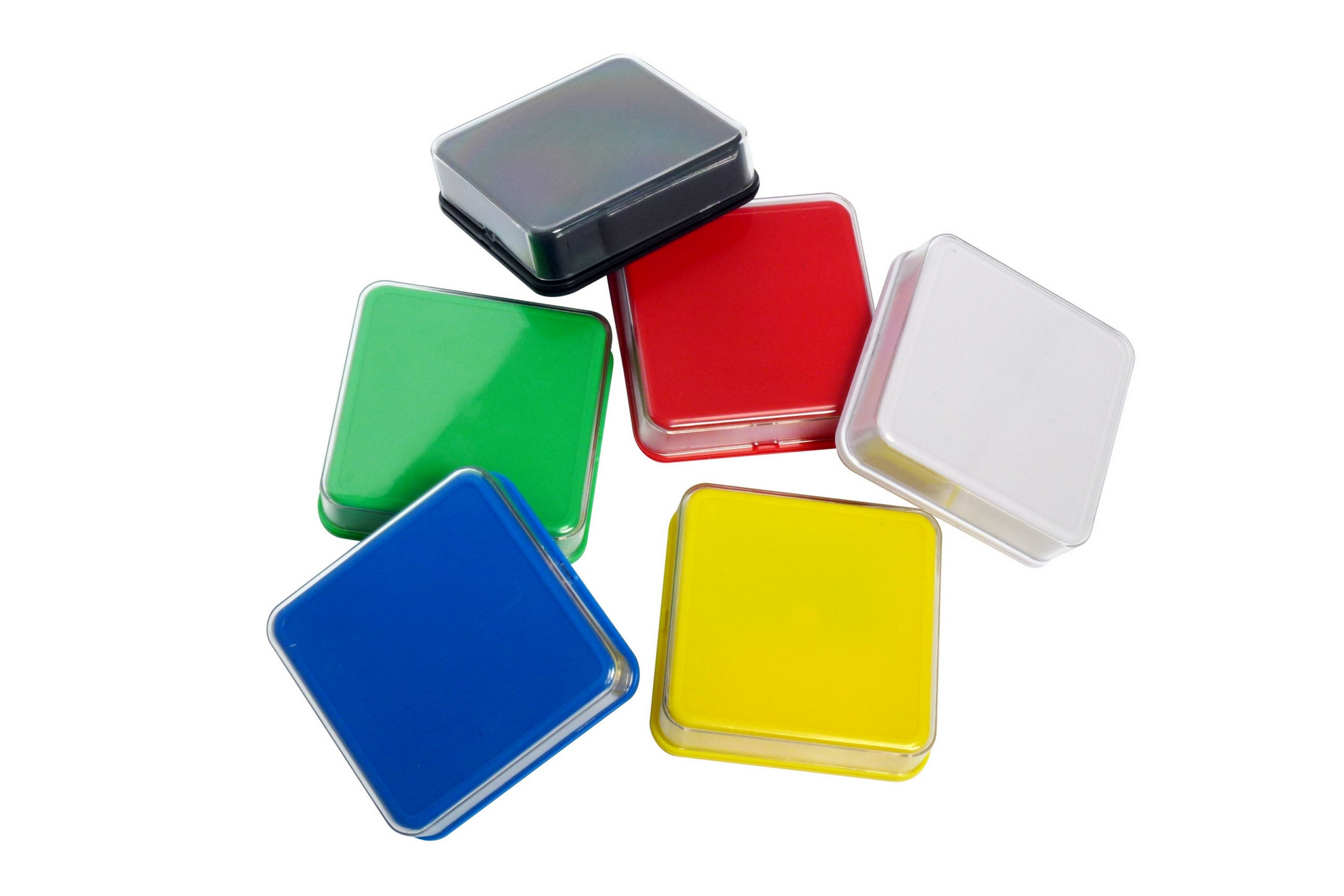BLOG


tactile-sensitivity-what-is-it-and-ways-to-overcome
Tactile sensitivity or hypersensitivity refers to an unusual or increased sensitivity to touch that can make a person feel peculiar or in pain. Like other sensory processing issues, tactile sensitivity can run from mild to severe. It is believed to be caused by the way the brain processes tactile input. Kids with tactile sensitivity often feel overwhelmed and try to avoid touching whenever possible.
SIGNS OF TACTILE SENSITIVITY
People with autism spectrum disorders (ASD) and cognitive disabilities often experience varying degrees of tactile sensitivity. Parents should be aware of the ways young children react when they’re overwhelmed by sensory overload. This manifests itself with behavioral problems or meltdowns. These are some of the common signs that parents should look out for:
- They dislike clothing, shoes, hats, mittens. They complain about the tags, the fastening or zippers, the type of fabric, or style etc.
- They hate to get their hair combed, washed, or cut.
- They do not want to get their hands dirty or do not want to touch many things if they feel unpleasant. They rush to wipe their hands before finishing what they are trying to do and dislike messy art classes.
- Some may be unable to tolerate the sensation of food in the mouth, or food or a tooth brush touching their teeth. These daily things can be overwhelming for them.
- In severe cases, a child may even refuse to swallow food.
- Their eyes might be very sensitive and they may need to blink at the slightest amount of cold wind or sunlight.
- Some find it difficult to participate in gym activities or sport teams because the footwear or sports uniform may be too uncomfortable for them.
Tactile oversensitivity can also interfere with the development of fine motor and gross motor skills, and may impede other developmental milestones.
TREATING TACTILE SENSITIVITY
As soon as a child is evaluated with sensory processing difficulties, they can receive help from an occupational therapist. They may use several products such as Tactile Tiger Arm Band, Blue Sensory Stixx Hand Fidget, or Theraputty etc. in their plan for therapy session. Parents may be shown techniques such as a ‘sensory diet’ or the use of a ‘sensory box’ that they can use at home to help their overly sensitive child. Over time, the amount of tactile stimulation that a child can tolerate will also increase.
Occupational therapy with a sensory integration approach usually takes place in a sensory-rich environment at the office of a therapist. During the therapy session, the therapist guides the child through fun activities that are designed so the child is constantly challenged. The activities are designed in such a way that the child can succeed with the activities and feel proud of their accomplishments.

